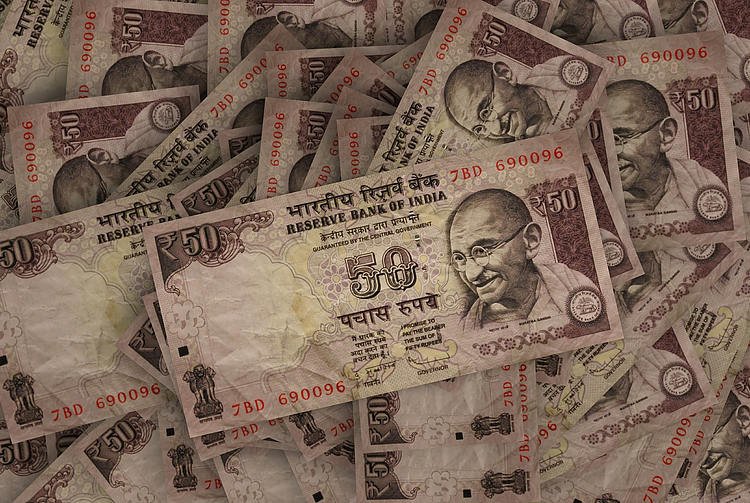The Indian Rupee (INR) weakened in Thursday’s Asian session, driven by increased demand for the US Dollar (USD) amid geopolitical tensions in the Middle East and higher crude oil prices. India, being the third-largest oil consumer globally, felt the pressure from rising oil prices. Investors are closely monitoring the US September ISM Services PMI, Initial Jobless Claims, and S&P Global Services PMI scheduled for Thursday, with attention shifting to the US employment data on Friday. A weaker-than-expected jobs report could prompt the central bank to consider deeper rate cuts, potentially impacting the USD.
The HSBC final India Manufacturing PMI for September declined to an eight-month low of 56.5, below market expectations and the previous reading. Momentum in India’s manufacturing sector softened, according to Pranjul Bhandari, chief India economist at HSBC. The Reserve Bank of India’s real effective exchange rate index showed the INR 5.5% above its fair value in August, down from the previous month. The US ADP Employment Change data for September exceeded forecasts with 143,000 new jobs added, indicating a positive trend in the labor market. Richmond Fed President Thomas Barkin mentioned that the Fed’s efforts to return inflation to its 2% target may take longer than expected, influencing future interest rate cuts.
Technically, the USD/INR pair maintains a positive bias as it trades above the key 100-day Exponential Moving Average and the 14-day Relative Strength Index suggests a potential uptrend continuation. The pair faces a crucial resistance level at 84.00, with further upside targets at 84.15 and 84.50. On the downside, initial support lies at 83.80, followed by the 100-day EMA at 83.64 and 83.00. The daily outlook suggests a bullish stance for the pair based on the current technical indicators.
The Indian Rupee is sensitive to external factors such as Crude Oil prices, the value of the US Dollar, and foreign investment levels. The Reserve Bank of India intervenes in foreign exchange markets to maintain stability and adjusts interest rates to control inflation. Macroeconomic factors like inflation, interest rates, GDP growth, balance of trade, and foreign investment inflows influence the Rupee’s value. Higher inflation can be negative for the Rupee, leading to devaluation and higher costs of imports. Lower inflation and higher interest rates are generally positive for the Rupee. A risk-on environment can attract more foreign investment, benefiting the Rupee.
In conclusion, the Indian Rupee faces headwinds from geopolitical tensions, rising oil prices, and the US Dollar demand. Investors are focusing on key economic indicators and employment data to gauge the currency’s direction. Technical analysis points to a constructive bias for the USD/INR pair, with key support and resistance levels to watch. The Rupee’s value is influenced by various external and macroeconomic factors, requiring careful monitoring by traders and investors to anticipate potential movements in the currency.











